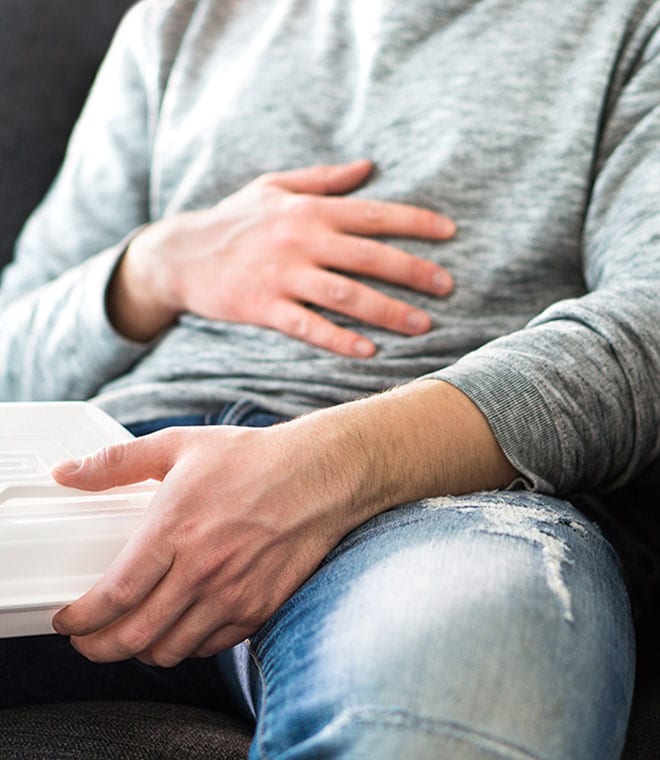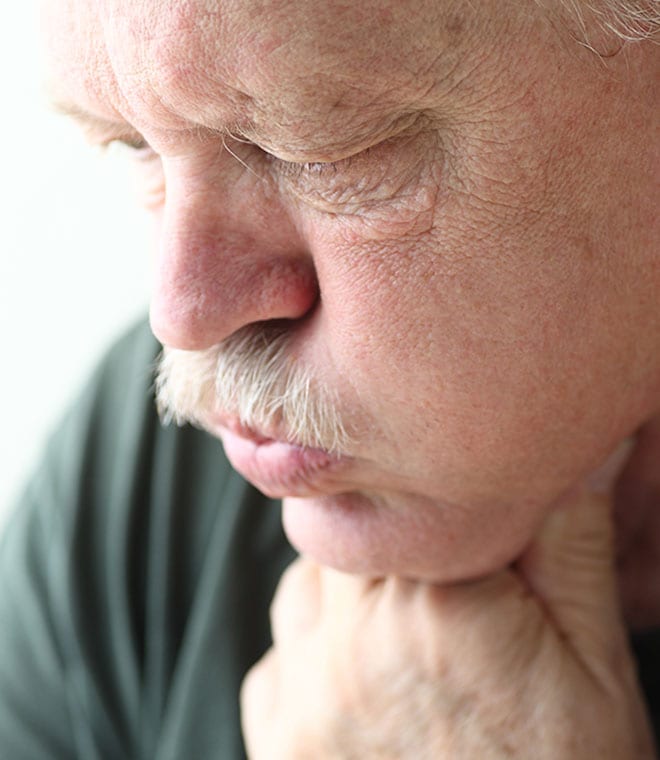Your travel plans probably don’t include extra time in the bathroom, but your destination may determine whether you have a 30% to 70% chance of getting traveler’s diarrhea. Find out more about this condition, ways to help prevent it and what to do if you get it.
What is traveler’s diarrhea?
Traveler’s diarrhea is a common travel-related illness that typically occurs in people visiting a place where the climate or sanitary conditions are different from their home. It’s caused by consuming contaminated food or water.
Although certainly unpleasant, traveler’s diarrhea usually isn’t serious. Diarrhea often resolves on its own after one to five days, although some people may be sick for a week or longer.
Other symptoms may include:
- Loss of appetite
- Abdominal pain or cramps
- Nausea
- Vomiting
- Gas and bloating
- Trouble waiting to have a bowel movement, or feeling like you need to go even if you just went (urgency)
- Fever
- Blood in the stool
Where are you most likely to get traveler’s diarrhea?
Traveler’s diarrhea can occur anywhere, but the highest-risk destinations for people from the United States include:
- Asia (especially South and Southeast Asia)
- The Middle East
- Africa
- Mexico
- Central and South America
How to reduce your chance of getting traveler’s diarrhea
The best way to reduce your chance of getting sick is to be careful about what you eat and drink. The traditional advice, “boil it, cook it, peel it or forget it,” is not a guarantee, but can help you remember what’s safer to consume. Follow these additional tips:
- Don’t drink tap water. Instead, opt for bottled water, carbonated beverages, beer, wine, or hot tea or coffee. And remember — the alcohol in your cocktail won’t keep you safe if your drink has been made with contaminated water or ice.
- Don’t add ice to your drinks since it’s likely made from tap water.
- Brush your teeth with bottled water, and keep your mouth closed while showering.
- Avoid eating food from street carts or stands.
- Pass on sauces left out on restaurant tables, including salsa and ketchup.
- Eat foods that are well-cooked and served hot. Avoid room temperature fresh foods, like guacamole, fruit or chicken salads, or buffet foods served on a steam table.
- Avoid foods or drinks made with unpasteurized milk.
- Choose fruits that you can peel yourself, such as bananas or oranges. Avoid fruit without a peel, since they may have been washed with contaminated water.
- Wash your hands often and always before eating. If you don’t have access to soap and water, choose an alcohol-based hand sanitizer with at least 60% alcohol.
What to do if you get sick
The most important thing to do if you develop traveler’s diarrhea is to stay well-hydrated, since diarrhea can cause your body to lose fluid. Your urine should appear light yellow or almost clear if you're drinking enough liquids. Be sure to drink lots of fluids containing water, salt and sugar. Broth or water mixed with juice are great options. Oral rehydration solutions, available at most pharmacies, can help if you’re experiencing very frequent diarrhea. Just make sure you mix the packet with bottled water.
Antidiarrheal medicines, like Imodium (loperamide), can help with mild diarrhea, but avoid using these products if you have bloody stool or a fever. Stop taking Imodium if your symptoms get worse. If you have severe diarrhea, only use these products with an antibiotic prescribed by your doctor.
Pepto-Bismol (bismuth subsalicylate) can also improve symptoms, but avoid using it if you’re pregnant or take aspirin for another condition.
When to see a doctor
While most cases of traveler’s diarrhea resolve on their own after a few days, some people may experience more severe or long-lasting symptoms. In these cases, you may need a prescription medication to get better. Seek medical care if:
- You’re sick for longer than 10–14 days
- You have a fever of 102°F or higher
- You have severe abdominal pain
- You have bloody diarrhea
- You can’t eat or drink anything
Published March 2023




